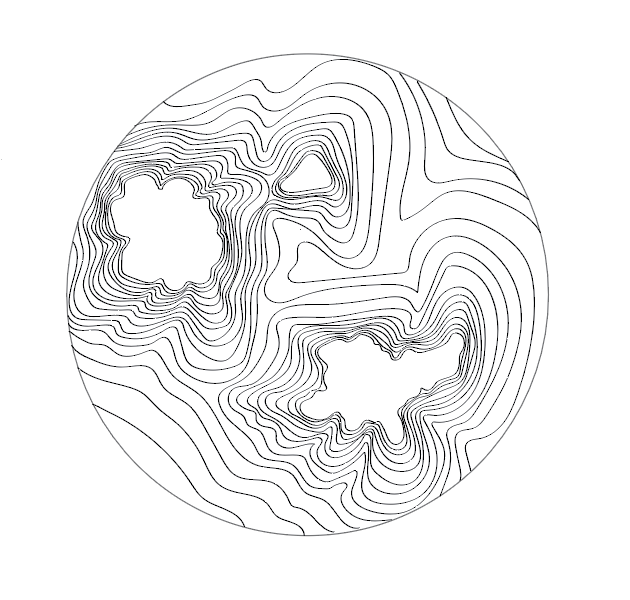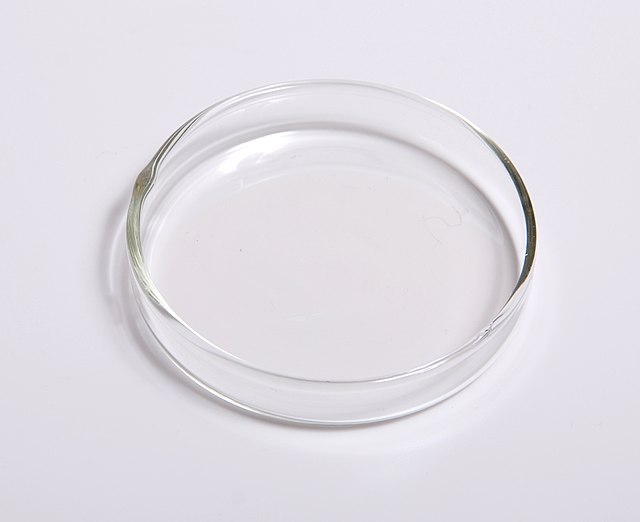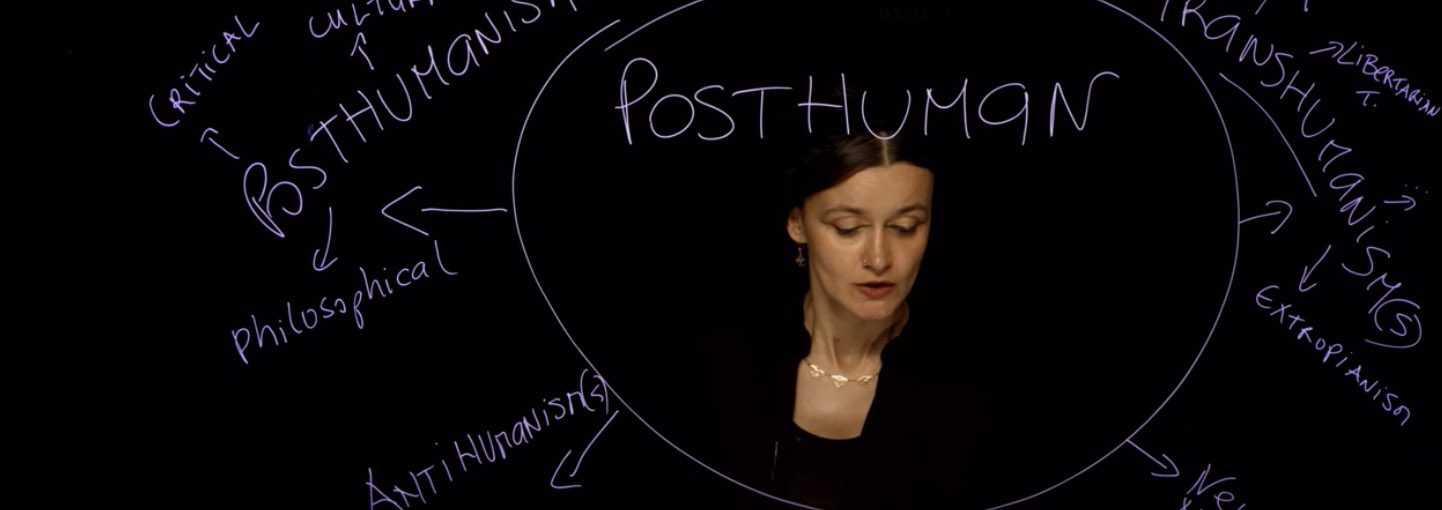While I plan to spend quite a bit of time in the lab, the Synapse residency is also giving me space to experiment with new creative materials that complement the focus of the research. In particular, I plan on moving forward with chameleon pigment experiments – I have been obsessed with them since the start of the year.
Chameleon pigments are essentially powered colours that have an iridescent quality reminiscent of peacock feathers and beetle wings.
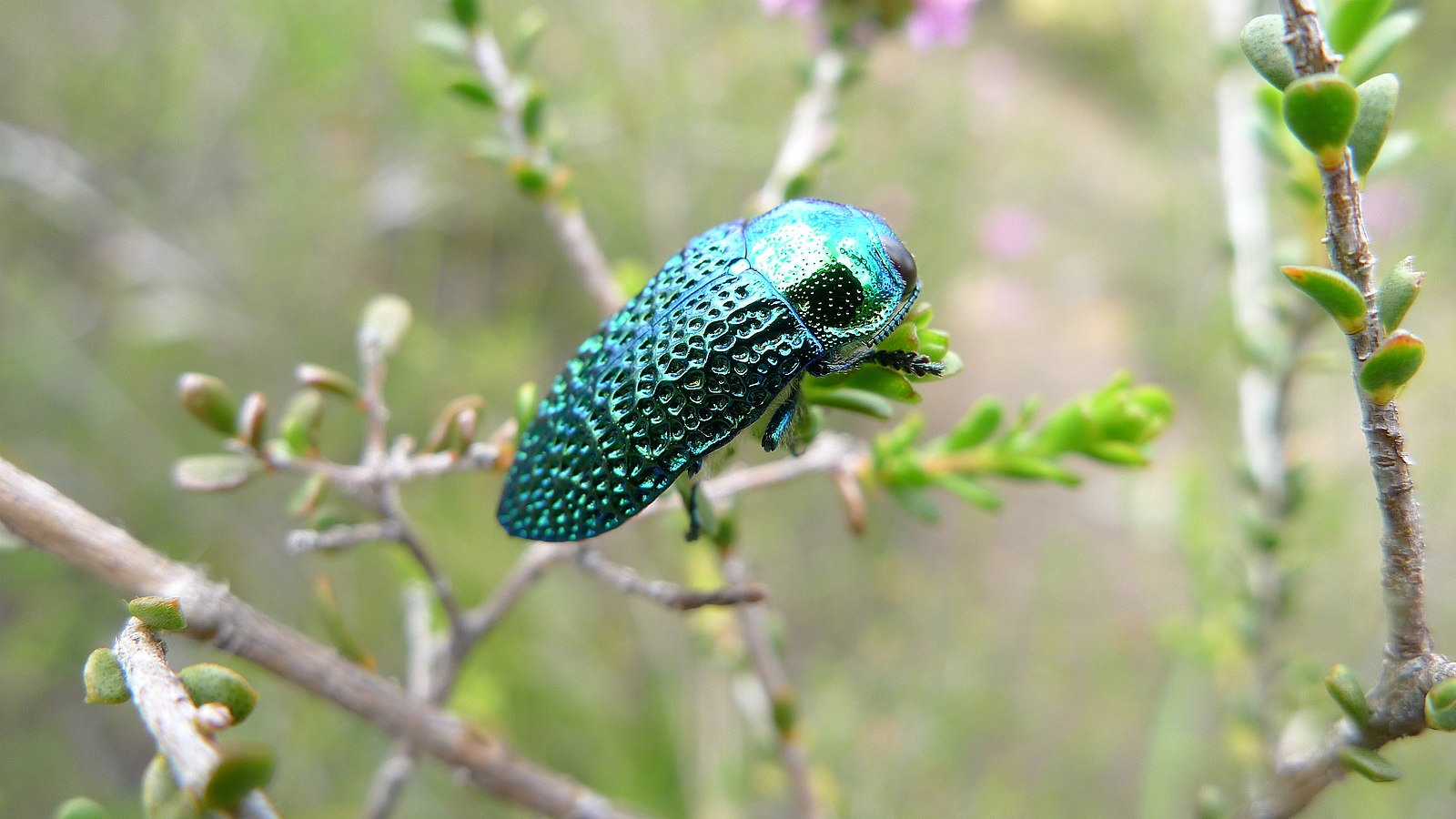
Example of iridescent Jewel Beetle, Jarrahdale State Forest, Western Australia, November 2011 by John Tann via Wikimedia Commons.
What I particularly like about chameleon pigments is that they shift colour depending on the viewing angle. Not only can they shift between two colours (blue-green), some pigments allow for quite a large spectrum shift (blue-violet-red-orange).
My initial interest started with nail polish (even though I never wear it) as there are a fantastic range of chameleon and special effects options available on EBay and other outlets.

Screenshot of Ebay search for chameleon nail polish July 2021.
While nail polish was a good start, the small volumes are unsuitable for larger projects. Therefore, my search took me to find larger volume options. I was delighted to discover that chameleon pigments are quite common in craft project and there are a number of retailers in Australia and overseas that produce chameleon and metal mica pigments for a wide range of applications. The price of these products is variable, so I have been testing small quantities of powder from a range of companies including Solar Color Dust and A1 Pigments.

Screenshot of different chrome dust pigments available at SolarColorDust.com
With the Synapse grant, I plan to expand these initial experiments to include automotive products, as chameleon pigments are also available as for custom car painting and detailing in powder, paint and spray form. Perhaps they will even work to highlight fixed cells on glass.
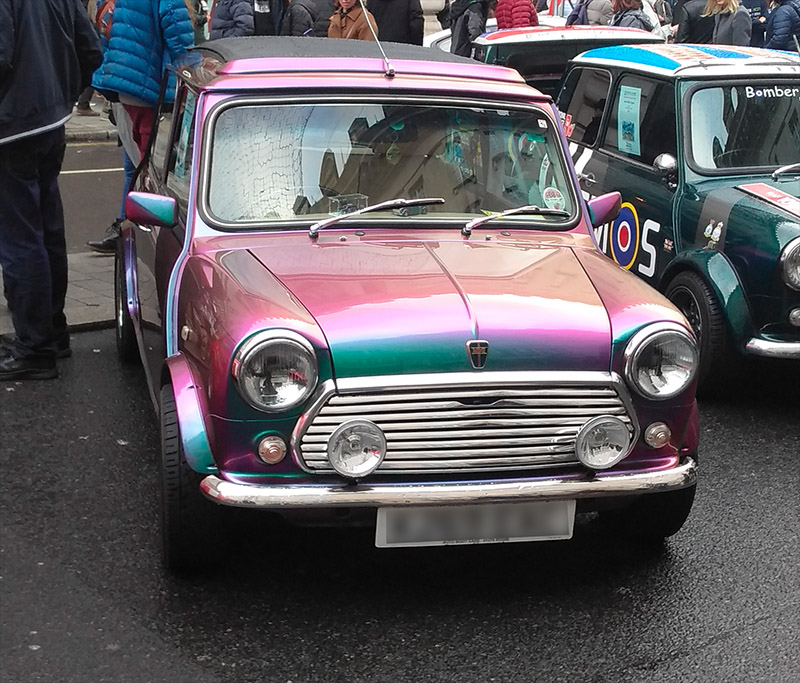
A car with chameleon pigment paint finish taken in 2019 by W Fan (cropped image with license plate number removed) via Wikimedia Commons.
